- Home
- Machining techniques
- CNC Machining Services
- Cooperative supply services
- Designs
- Materials
- Finishing Services
- Shop
- Products
- Guide
- About Us
- Contact Us
2023.11.23
When it comes to milling cutters, there are a few main types to choose from. Two popular styles are face mills and fly cutters. While they may seem similar at first glance, there are some key differences between these types of cutters that are important to understand for different milling applications. Read this guide and learn the face mill and fly cutter.
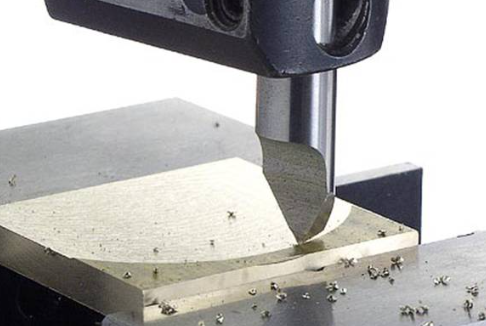
A face mill is a cutting tool used in milling operations to create flat surfaces, particularly on large workpieces. It consists of a large cutter that typically holds multiple inserts or cutting edges. Face mills are designed for high-speed operations and are capable of facing large surface areas with remarkable efficiency. They can be used on various materials such as metal, wood, and composites.
What are the advantages of face milling?
– Multiple teeth that cut simultaneously across the workpiece face. Teeth are either carbide inserts or brazed onto the cutter body.
– Available in diameters ranging from less than 1″ to over 24″. Cut depth is determined by cutting depth of each tooth.
– Used for wide, relatively shallow cuts like face milling, slots and pockets in materials like metals, wood and plastics.
– Provide faster material removal rates compared to other cutters due to many cutting teeth engaged at once.
A fly cutter, on the other hand, is a single-point cutting tool often used in smaller-scale machining operations. It consists of a single cutting tool mounted on a spindle and is commonly employed to create a smooth finish on surfaces. Fly cutters are particularly useful for facing and surfacing tasks on less sizable workpieces.
What are the advantages of fly cutter?
– Surface Finish: Fly cutters are known for producing an excellent surface finish, making them ideal for applications where surface quality is crucial.
– Simplicity: They are relatively simple tools and don’t require the use of multiple inserts, which can lead to cost savings and ease of use.
– Precision: Due to their design, they can be very precise, particularly when machined at lower speeds.
– Teeth: A face mill has multiple cutting teeth arranged around its perimeter, while a fly cutter only has one or two cutting teeth.
– Cutting Action: With multiple teeth engaged, a face mill can remove more material in one pass, making it faster for bulk material removal operations. A fly cutter’s single tooth cuts in a lighter skimming action better suited for fine finishing cuts.
– Cut Depth: The depth of a face mill cut is determined by the cutting depth of each individual tooth. A fly cutter typically takes very shallow cuts.
– Surface Finish: The lighter cutting action of a fly cutter’s single tooth produces a smoother, finer surface finish on the workpiece compared to a face mill.
– Applications: A face mill is generally used for heavier material removal tasks like face milling, slots and pockets. A fly cutter is preferred for lighter duty facing and contouring of delicate materials thanks to its fine cutting capability.
– Speeds/Feeds: A face mill can remove material at higher speeds and feeds due to its multiple teeth design. A fly cutter works at lower speeds better suited to its single-tooth tooling.
In applications where surface finish is paramount, such as optics, medical or injection mold components, a fly cutter typically produces the smoothest results. Face mills work better for faster material removal at the cost of a rougher finish.
In general, if you need to remove bulk material at higher feeds, a face mill will be more productive. But if surface quality is paramount or cuts require accuracy, a fly cutter provides finer control. Consider your specific projects to determine which cutter makes the most economic sense.
Your choice between a fly cutter and a face mill depends on the specific requirements of your machining tasks. Consider the following factors:
– Surface Finish: If achieving a superior surface finish is a priority and you’re working on smaller-scale projects, a fly cutter may be the better choice.
– Material Removal: For larger-scale material removal and faster operations, a face mill is more suitable due to its ability to handle high-speed and high-material-removal tasks efficiently.
– Versatility: If you need a tool that can handle a variety of tasks such as facing, squaring, and shoulder milling, a face mill offers more versatility.
– Precision and Simplicity: If you prioritize precision and simplicity for smaller-scale tasks, a fly cutter may be more appropriate.
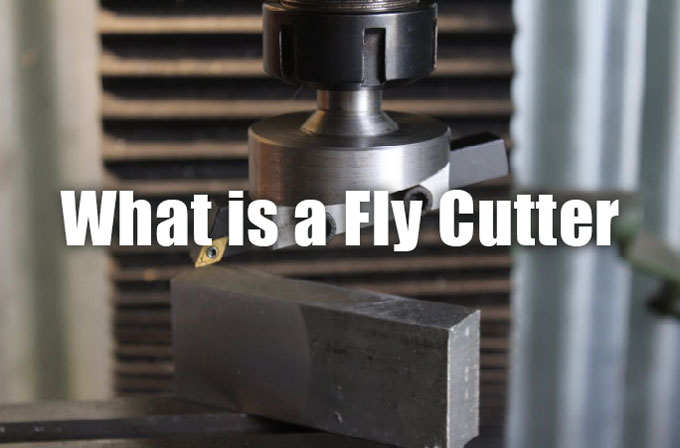 What is a Fly Cutter on a Milling Machine – Fly Cutter Definition, Types, Uses & Fly Cutter vs Face Mill
What is a Fly Cutter on a Milling Machine – Fly Cutter Definition, Types, Uses & Fly Cutter vs Face Mill
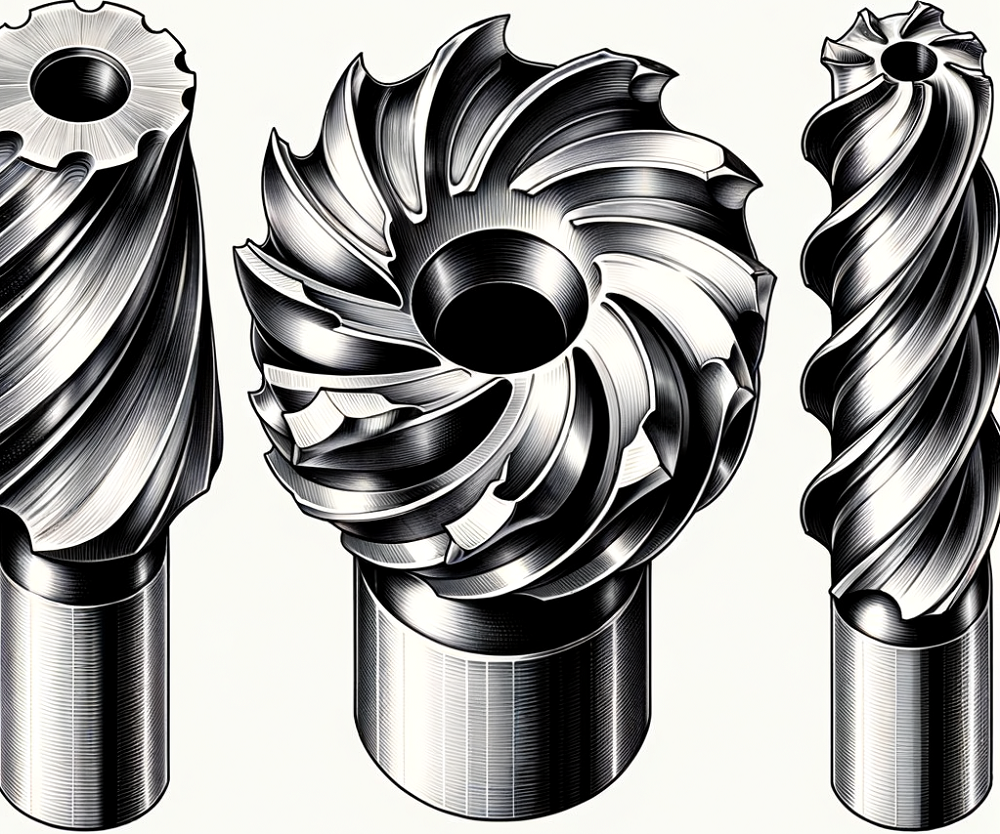 Face Mill vs Shell Mill vs End Mill Cutters: Differences & When To Use Each Milling Cutter?
Face Mill vs Shell Mill vs End Mill Cutters: Differences & When To Use Each Milling Cutter?
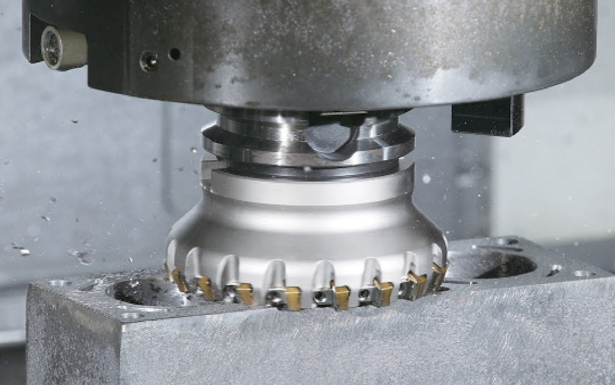 What is Face Milling & Operation Tips | Face Milling vs Peripheral Milling | CNCLATHING
What is Face Milling & Operation Tips | Face Milling vs Peripheral Milling | CNCLATHING
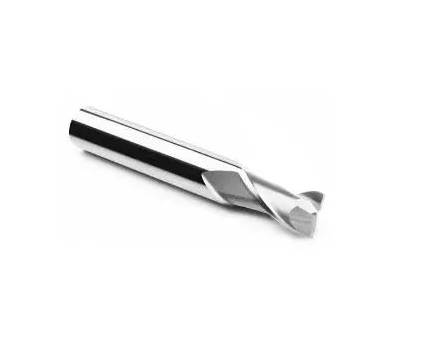 What is Milling Cutter & Mill Cutter Types – Tips for Selecting Right CNC Cutting Tools | CNCLATHING
What is Milling Cutter & Mill Cutter Types – Tips for Selecting Right CNC Cutting Tools | CNCLATHING
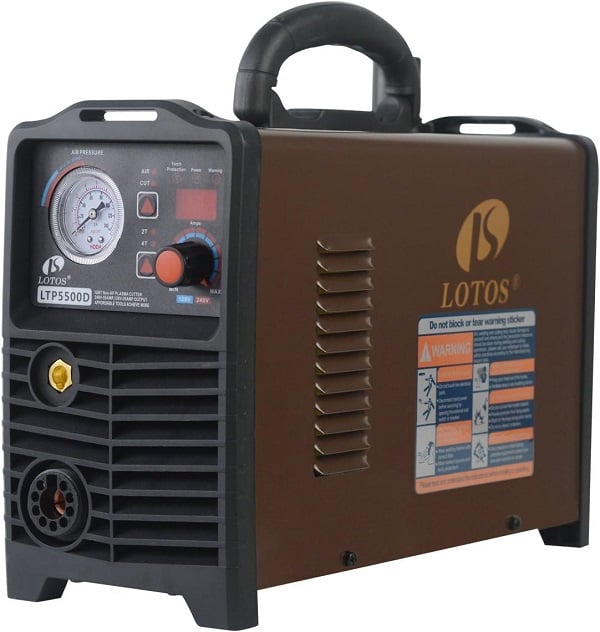 Best Budget Plasma Cutter – Top 10 Cheap Plasma Cutters Under $500/1000
Best Budget Plasma Cutter – Top 10 Cheap Plasma Cutters Under $500/1000
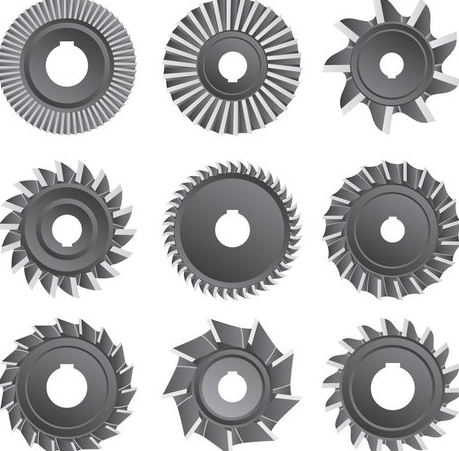 How To Choose The Right Milling Cutter & Tool For CNC Machining Task
How To Choose The Right Milling Cutter & Tool For CNC Machining Task
